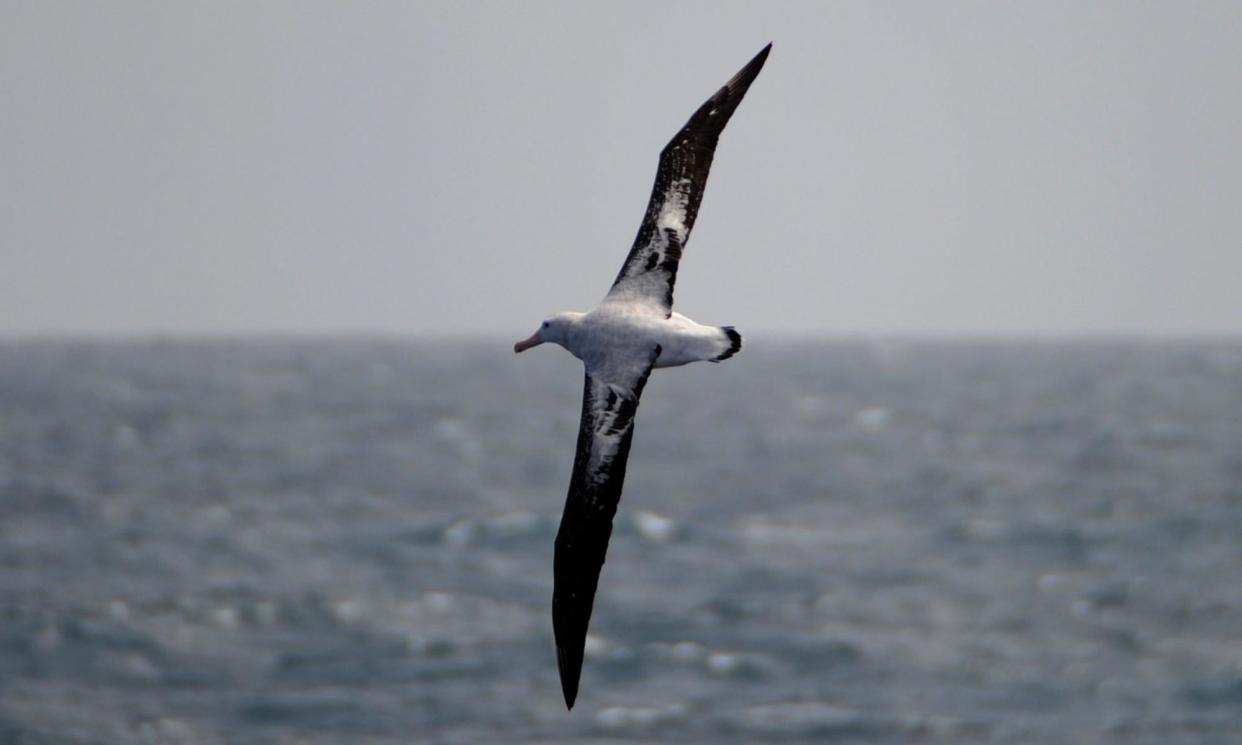Birdwatch: strong winds bring Irish sea watchers the ultimate prize

It is official – this really was a poor summer in the UK and Ireland. According to Met Office figures it was the coolest in almost a decade – though still above the 1961-1990 average, showing the recent warming trend.
It was also very windy with no fewer than 12 named storms, more than in any season since 2015, when names were first given to these extreme weather events on this side of the Atlantic.
Not surprisingly, the resulting westerly winds brought a plethora of seabirds to British and Irish shores. Scilly Pelagics, which runs boat trips in search of seabirds off the islands, delighted birders, with rarities including south polar skua, Wilson’s storm petrels, and thousands of Cory’s and great shearwaters, all seen and photographed from the boat.
The real highlight appeared much farther west, off the coast of Ireland, where two different species of albatross appeared after Hurricane Ernesto. The first, seen briefly off a headland in County Cork, was an immature black-browed, the only albatross regularly seen in British waters. But the other, also seen off County Cork, was the ultimate prize for hardened sea watchers: an enormous seabird described by its lucky finder as looking “like a hang-glider”.
It was the first wandering albatross ever seen in British or Irish waters: a bird with the longest wingspan in the world. Visible for just a few minutes, it glided out of sight.


